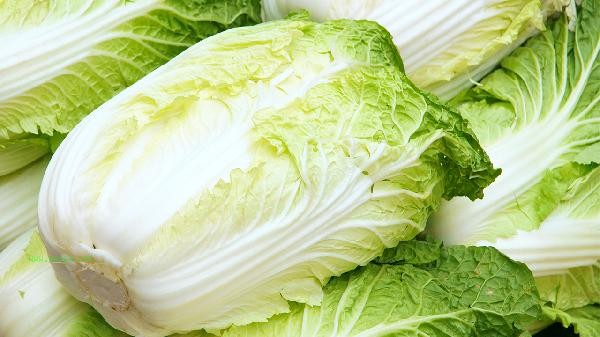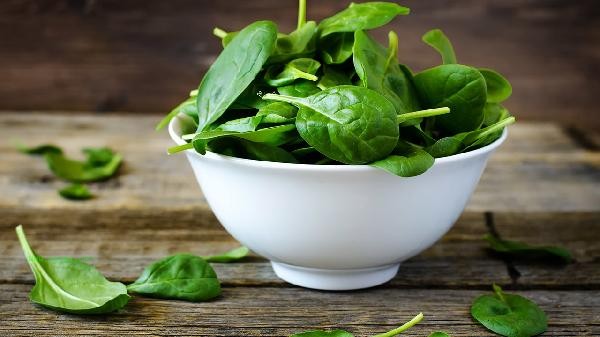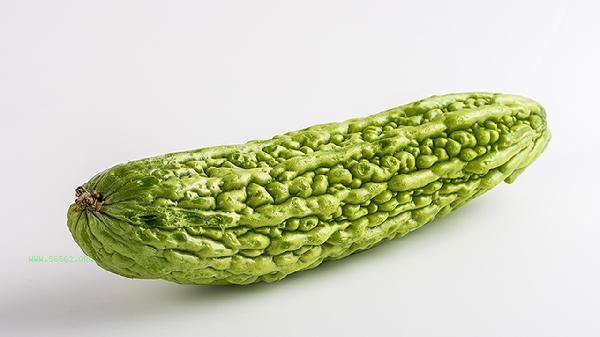The vegetables underground mainly include potatoes, sweet potatoes, carrots, onions, taro, etc. The edible parts of these vegetables grow in soil and are rich in various nutrients, making them suitable for daily dietary combinations.

1. Potatoes
Potatoes are common underground stem vegetables, rich in starch, vitamin C, and potassium elements. Potatoes can be used as a staple food to replace some grains, and can also be processed into foods such as French fries and potato chips. The dietary fiber in potatoes helps promote gastrointestinal peristalsis, but sprouted or green potatoes contain solanine, and the sprouted parts should be thoroughly removed before consumption.
2. Sweet Potato
Sweet potatoes belong to the Convolvulaceae family and are rich in beta carotene, dietary fiber, and various minerals. The orange yellow flesh of sweet potatoes indicates that they contain high levels of antioxidants, which help protect vision. Sweet potatoes have a lower glycemic index than regular potatoes, making them suitable for people who need to control their blood sugar levels to consume in moderation. Carrots are the fleshy roots of plants in the Umbelliferae family, containing a large amount of vitamin A and dietary fiber. carotenoids can be converted into vitamin A in the body, which is helpful for maintaining skin and mucosal health. Carrots are suitable for raw consumption or stewing, and when combined with oil, they can increase the absorption rate of carotenoids.
4. Onion
Onion is the bulb of the lily family plant, which contains active ingredients such as sulfides and quercetin. Onion has a special spicy taste and produces a sweet taste after cooking. The sulfur-containing compounds in onions help promote blood circulation, but excessive consumption may irritate the gastrointestinal mucosa.

5. Taro
Taro is the tuber of the Araceae plant, which contains mucin protein and various minerals. Taro has a soft texture and is suitable for steaming or making desserts. The mucin protein in taro has a protective effect on the gastric mucosa, but raw taro contains calcium oxalate crystals and should be thoroughly cooked before consumption. Underground vegetables usually need to be thoroughly cleaned to remove soil, and some varieties such as potatoes and taro require sufficient heating to destroy natural toxins. These vegetables can provide rich carbohydrates, dietary fiber, and minerals. It is recommended to pair them with leafy vegetables and fruits. When storing, it is necessary to maintain dryness and ventilation to avoid germination or mold growth. For special population such as diabetes patients, attention should be paid to controlling the intake of high starch underground vegetables. Recommended cooking methods include steaming, stewing, and other low-temperature treatments to maximize the retention of nutrients.









Comments (0)
Leave a Comment
No comments yet
Be the first to share your thoughts!